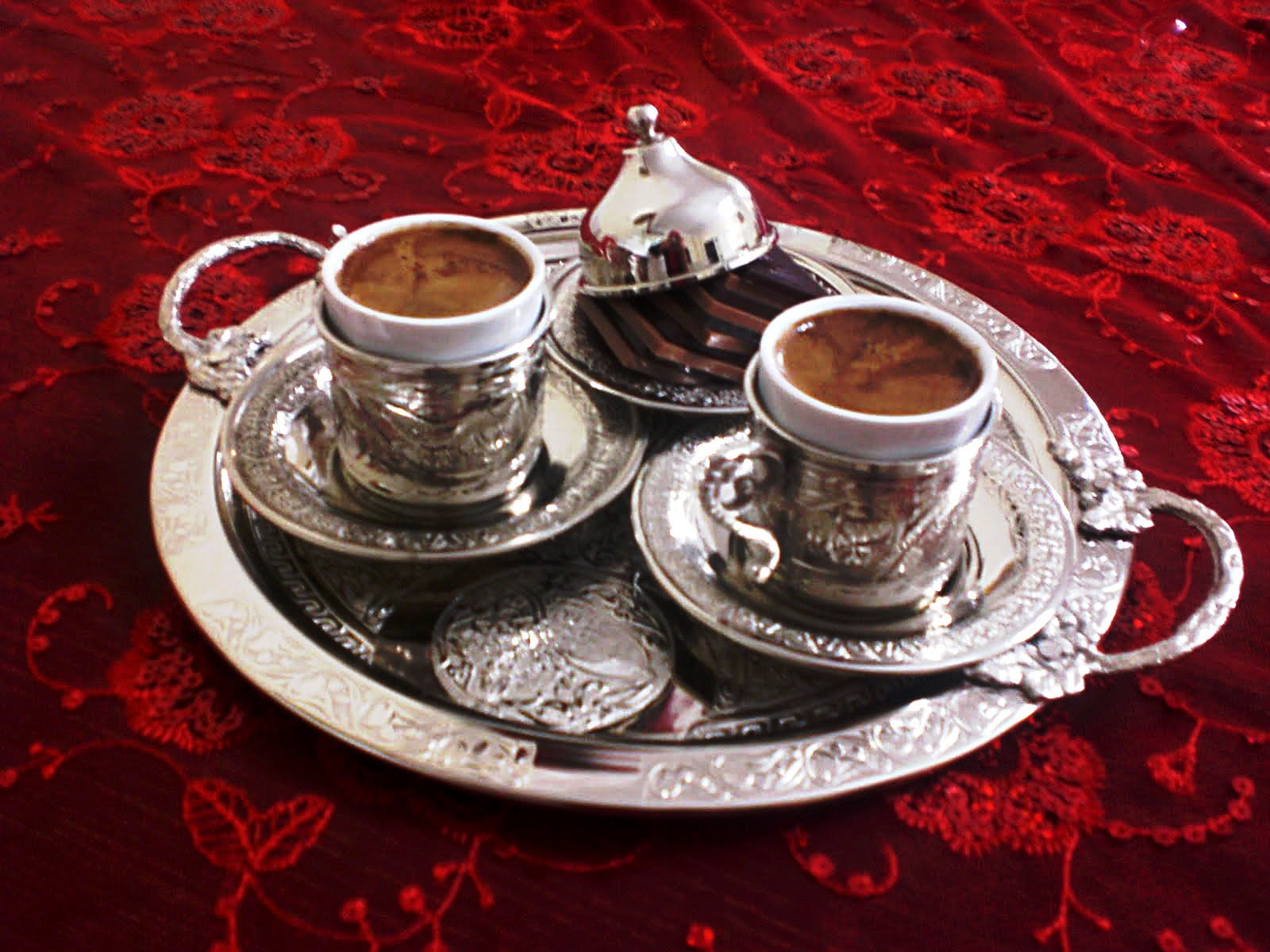
FAQ About Turkish Coffee

What's the significance of using cold water in Turkish coffee preparation?
Using cold water in Turkish coffee preparation serves a specific purpose and contributes to the unique qualities of this traditional brewing method. The significance of using cold water includes:
- Slow Extraction: Starting with cold water and gradually heating it allows for a slow and gradual extraction of the coffee flavors. This slower process helps to extract a more nuanced and complex flavor profile from the coffee grounds.
- Controlled Boiling: Cold water prevents the coffee from boiling over too quickly or aggressively. This control over the boiling process is crucial to achieving the perfect foam on top of the coffee, which is a defining characteristic of Turkish coffee.
- Foam Formation: The slow heating of the cold water creates ideal conditions for the formation of foam (köpük) on top of the coffee. The foam is a highly prized feature of Turkish coffee and is considered a sign of a well-prepared cup.
- Foam Protection: The foam acts as a protective layer that helps to retain the aromas and flavors of the coffee underneath. It helps to keep the coffee warm and prevents rapid evaporation of the volatile compounds that contribute to the overall taste experience.
- Texture and Appearance: The foam and the settled coffee grounds at the bottom of the cup create a distinct texture and visual appeal in Turkish coffee. This layered appearance is part of what makes Turkish coffee so recognizable and unique.
- Tradition and Technique: The use of cold water and the careful control of heat during brewing are traditional techniques that have been passed down through generations. These techniques are a part of the cultural and historical significance of Turkish coffee.
